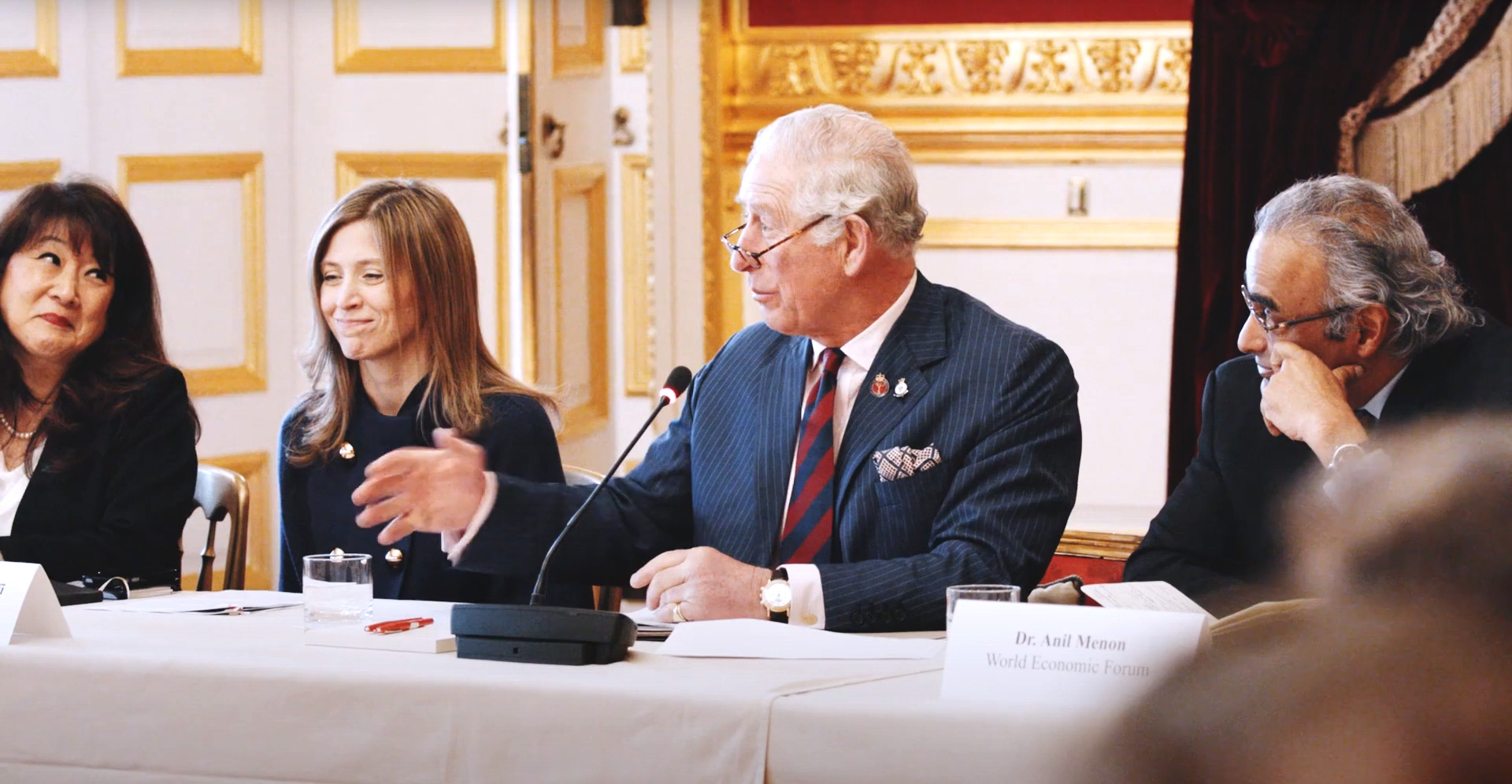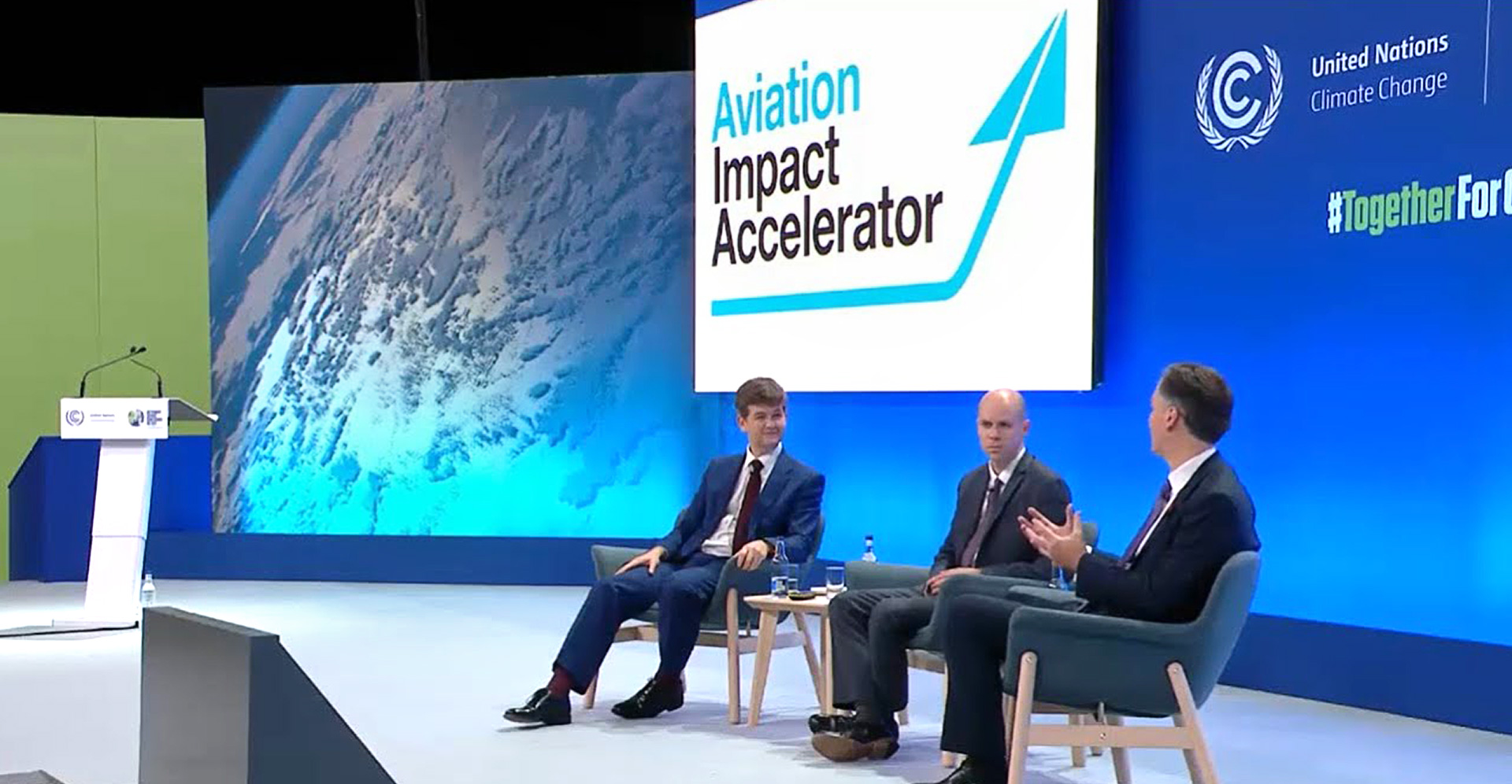ABOUT
The Aviation Impact Accelerator
Our mission is to accelerate the journey to sustainable aviation by developing evidence-based tools that allow people to map, understand and embark on the pathways towards sustainable flight.

The problem
Stable, safe and ultra-regulated, the aviation sector has steadily grown over the decades, benefiting society in many ways. However, the global aviation industry contributes to roughly 2-3% of worldwide annual CO2 emissions. Moreover, once non-CO2 emissions are considered, the true climate impact of aviation could be 2-5 times larger.
Meeting the challenge of climate change is now forcing a radical rethink. This is turning the stability of the industry into a weakness since each player is highly specialised, only truly understanding their own mature technologies and operating processes, with limited sight of the whole system. At the same time policymakers, civil society organisations, and the wider public are increasingly being asked to make judgements about the best routes forward for the industry from their own perspectives outside the sector.

The AIA was born out of a series of roundtables hosted by HRH The Prince of Wales in early 2020. This included roundtables at the Whittle Laboratory and Clarence House, as part of HRH’s Sustainable Markets Initiative, attended by aviation business leaders, policymakers and academics. These meetings highlighted the need for multi-disciplinary efforts to address the issue of climate change in aviation.
Our work
So far, the AIA has assembled a core team of over 60 contributors and has solicited input and insights from over 80 different companies in the sector. By adopting a startup approach, the project has established a broad range of industry and academic partners, and has structured itself into a range of small, agile, cross-disciplinary teams looking at multiple aspects of the system including: fuels, aircraft and propulsion technologies, airports, non-CO2 emissions, network modelling, broader economic and policy context, and model design.
The AIA team have built our first holistic model, which was previewed at COP26 in Glasgow in November 2021. The model was used to develop a journey simulator that instantly plays out various scenarios for a flight from A to B, iterating through different fuel, technology and policy options chosen by the user to determine their climate impact. The simulator aims to provide an assessment of the impact of different technology options and their uncertainties, rather than providing ‘an answer’ to the problem. Our evidence-based and authoritative simulations and visualisations will challenge perceived wisdom and siloed decision making to allow policymakers and industry leaders to find pathways to sustainable aviation.

The AIA is also using its models to contribute to the Target True Zero (TTZ) coalition, led by the World Economic Forum and supported by knowledge partners McKinsey & Company, the Aviation Environment Federation, and the AIA. TTZ was formed to bring together leaders from across the aviation industry and develop a consensus on how new technologies such as hydrogen and battery electric aircraft can help deliver flying with a true zero climate impact.
There is no silver bullet for the aviation transition. The focus is on setting out the overall shape of outcomes and the implications of any chosen assumptions, while revealing the level of uncertainty and the scope for flexibility that accompanies any particular technology direction. The AIA does not seek to find ‘the answer’ but rather assess the impact of different options – from resource to climate – and how they combine, as well as understand the underlying uncertainty.
Transforming the aviation sector into one that is sustainable and has no climate impact is one of society’s biggest challenges — particularly given the speed of change involved. Solving it requires a change across the board to new technologies, new business models and new policies. To do that we need to get people out of their silos and into a new way of working – linking rapid technology change into a whole sector approach to achieving sustainable aviation.
— Professor Rob Miller, Director Whittle Lab, University of Cambridge
The uncertainty around technological solutions and the political and economic levers that drive innovation is immense. The AIA’s authoritative tools, supported by our expert team, will allow stakeholders to understand and embark on the pathways toward sustainable flight by gaining insight into their associated opportunities, challenges and uncertainties. This collaborative approach aims to unlock change and accelerate the transition to sustainable aviation.